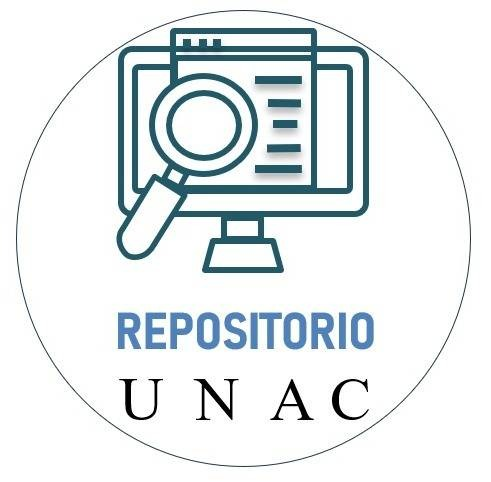Mostrar el registro sencillo del ítem
La política fiscal y su incidencia en la estructura del ingreso nacional en el Perú: 1970 - 2000
| dc.contributor.advisor | Tito Ataurima, Leoncio | |
| dc.contributor.author | Soto Cañedo, Carlos Alberto | |
| dc.creator | Soto Cañedo, Carlos Alberto | |
| dc.date.accessioned | 2016-07-20T21:34:52Z | |
| dc.date.available | 2016-07-20T21:34:52Z | |
| dc.date.issued | 2010 | |
| dc.identifier.other | T.M.378.S71 | |
| dc.identifier.uri | https://hdl.handle.net/20.500.12952/486 | |
| dc.description.abstract | El propósito de la investigación fue establecer e interpretar, medíante el análisis de la acción de los instrumentos fiscales del ingreso y gasto público el rol desempeñado por la politica fiscal dentro de la estructura del ingreso nacional del Perú en el periodo 1970 - 2000. Para lograr tal propósito se planteó la siguiente hipótesis: "En el Perú, en el periodo global 1970 - 2000, la politica fiscal aplicada ha tenido un rol regresivo en la estructura del ingreso nacional por cuanto el ingreso y gasto público se han orientadohacia la mayor concentración del ingreso a favor de los estratos sociales más altos del pais (representados en la estructura del ingreso nacional como rentas del capital), y en desmedro de los estratos populares (representados por las rentas del trabajo. Para el adecuado desarrollo de la investigación, se consideraron cinco capitulos, cuyo resumen se consigna a continuación: El capitulo I, se ocupa del planteamiento inicial de la investigación. El capitulo IIse ocupa de diversos aspectos teóricos propios del tema central de la investigación. Capitulo III, muestra la metodologia empleada en la investigación. Capitulo IV, presenta los resultados obtenidos (resultados parciales y finales) del desarrollo de la investigación. Capitulo V, se ocupa de la discusión de los resultados, sometiendo a evaluación la hipótesis planteada al inicio de la investigación. | es_PE |
| dc.description.abstract | The intention of the lnvestigation was to establish and to interpret, by means of the analysis of the action of the fiscal instruments of the entrance and public cost, the roll carried out by the fiscal policy inside of the structure of the national entrance of Peru in period 1970-2000. In order to obtain such intention the following hypothesis considered: "In Peru, in global period 1970-2000, the applied fiscal policy has had a regressive roll in the structure of the national entrance, inasmuch as the entrance and public cost have oriented towards the greater concentration of the entrance in favor of the social layers more stops of the country (represented in the structure of the national entrance like rents of the capital), and in decline of the popular layers (represented by the rents of the work)". For the adapted development of the investigation, five chapters were considered, whose summary slogan next: Chapter I, takes care of the initial exposition of the lnvestigation. Chapter II, takes care of diverse own theoretical aspects of the central subject of the lnvestigation. Chapter III, it shows the methodology used in the lnvestigation. Chapter IV, presents/displays the obtained results (partial and final results) of the development of the lnvestigation. Chapter V, the hypothesis raised at the beginning of the lnvestigation takes care of the discussion of the results, putting under evaluation. | en_US |
| dc.format | application/pdf | es_PE |
| dc.language.iso | spa | es_PE |
| dc.publisher | Universidad Nacional del Callao | |
| dc.rights | info:eu-repo/semantics/openAccess | es_PE |
| dc.rights.uri | https://creativecommons.org/licenses/by-nc-nd/4.0/pe/ | * |
| dc.source | Universidad Nacional del Callao | es_PE |
| dc.source | Repositorio institucional - UNAC | es_PE |
| dc.subject | Política fiscal | es_PE |
| dc.subject | Ingreso Nacional en el Perú | es_PE |
| dc.title | La política fiscal y su incidencia en la estructura del ingreso nacional en el Perú: 1970 - 2000 | es_PE |
| dc.type | info:eu-repo/semantics/masterThesis | es_PE |
| dc.publisher.country | PE | es_PE |
Ficheros en el ítem
Este ítem aparece en la(s) siguiente(s) colección(es)
-
Maestría [127]



